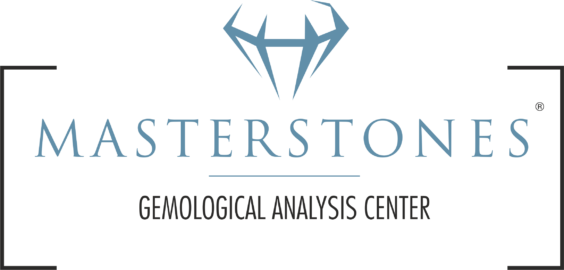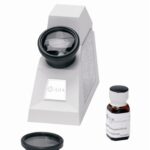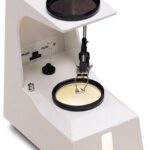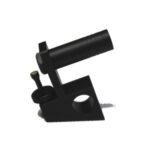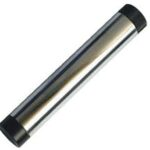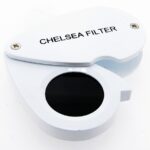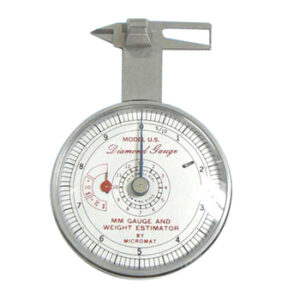Every laboratory, even the most technologically advanced one, cannot disregard a series of standard tools allowing to perform preliminary analysis for the gemological materials identification process.
Rifractometer
It allows to evaluate the refraction index and to establish the entity of a possible birefringence. Furthermore, more advanced refractometry techniques allow to establish the number of optical axes and the optical sign of a birefringent stone.
Polariscope
It allows to establish certain optical features in a gem such as mono – refringence and birefringence or see if the mineral is a cryptocrystalline aggregate. The use of conoscopy allows to evaluate interference features typical for birefringent stones. The same instrument allows to evaluate whether the examined sample is mono axial or bi axial.
Dicroscope
Calcite dichroscope for the observation of the colored gems pleochroism and for the recognition of the optical axes. Pleochroism is the color mutation due to a different light absorption in birefringent stones.
Spettroscope
It is a tool used for the observation of the visible spectrum absorption lines in a gem. Every mineralogical specie has particular different wavelengths, either absorbed or transmitted. These are caused by chemical elements present in the crystal lattice. The spectrum analysis is often useful to verify if the analyzed stone has undergone treatments.
Filtro di Chelsie
It is used as a confirmative, non – diagnostic test and aims at the separation of some natural gems from the fake ones.
Calibro Leveridge
Gauge for the measurement of the precious stones, either built or free. Through the obtained measurements you can calculate the examined gem mass.
